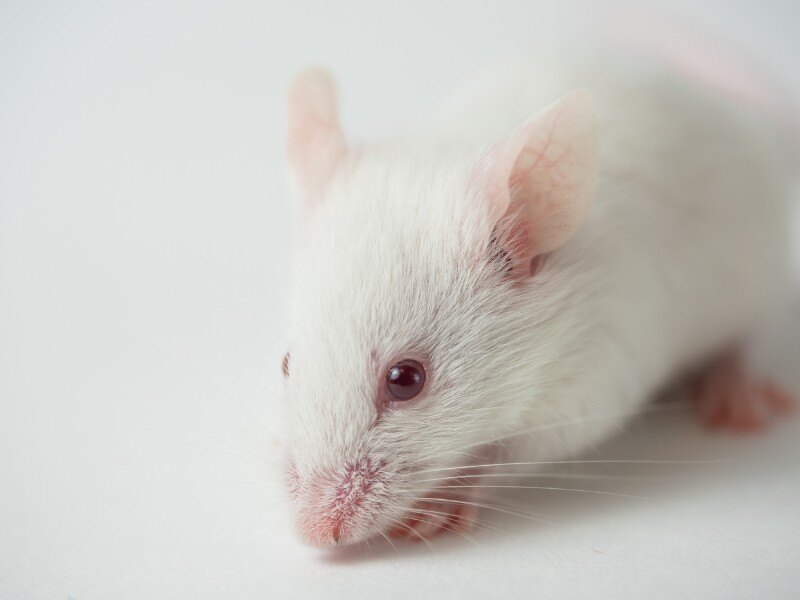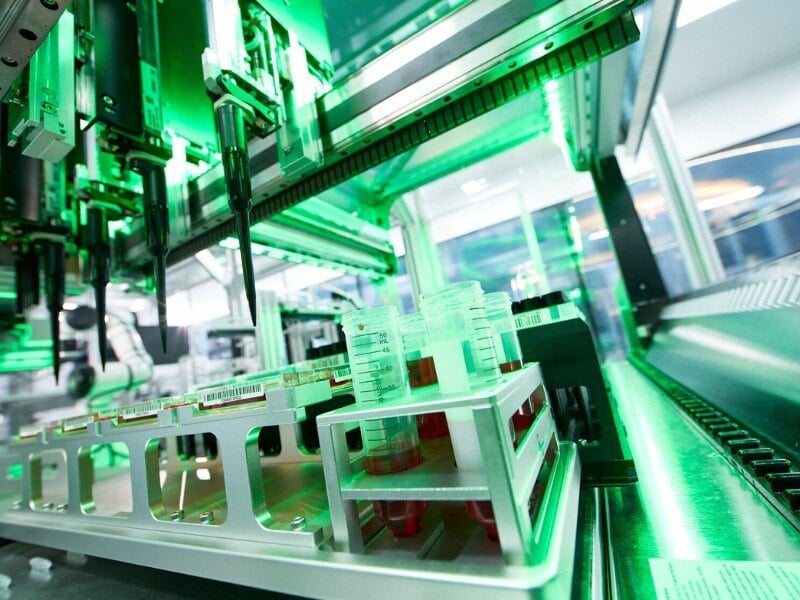Scientists Develop First Mouse Model with Complete & Functional Human Immune System

Scientists at the University of Texas Health Science Center at San Antonio have created the first humanised mouse model with a complete and functional human immune system and a human-like gut microbiome.
The findings published in the August 2024 issue of Nature Immunology comes after decades of immunological research by lead author Paolo Casali and his team. Casali, who is Ashbel Smith Professor & Distinguished Research Professor at the University of Texas, led the group at the Department of Microbiology, Immunology and Molecular Genetics in the Joe R. and Teresa Lozano Long School of Medicine.
Context and History of Humanised Mouse Models
Animals have been studied in medicine for millennia but due to their differences to humans, in vivo studies using animals have had mixed reliability. Efforts to 'humanise' animals – particularly mice – for study via genetic mutation have sought to overcome this challenge. However, this has been difficult for immunology. For example, over 1,600 genes that are related to the immune response in mice are incongruent with their human counterparts.
Although transgenic mouse models have been used in research since the mid-twentieth century, scientists have noted limitations with these models. The 1980s saw the first humanised mouse models to study HIV's affect on the human immune system, which was achieved by taking immunodeficient mice and injecting them with elements of human immune biology including lymphocytes and stem cells.
In efforts to address these limitations, researchers pushed toward further milestones to better humanise these mice. Of particular note was the cloning of Dolly the sheep, the first animal clone from an adult somatic cell. Still, the enduring limitation of humanised mouse models has been in mounting human-like antibody responses.
'Truly Human' (TruHuX) Mouse Models
The Texas scientists sought to overcome the immunological inconsistencies between these mouse models and the human immune system by fully recapitulating the human immune system in a mouse.
The model that Casali's team have now developed is called TruHuX, or 'truly human'. TruHuX mice exhibit immune features that are identical to those in humans. These include lymph nodes, germinal centres, thymus human epithelial cells, human T and B cells, and memory B cells.
Furthermore, TruHuX's defining feature are plasma cells which can produce specific and human-identical antibodies and autoantibodies. Therefore, the model can mount 'mature class-switched, hypermutated and neutralizing antibody responses'
Casali and his team achieved this by injecting human umbilical cord-derived stem cells into the left ventricle of immunodeficient NSG W41 mice, which establish themselves as a graft after a few weeks.
One of the innovations that Casali and colleagues developed is the process of hormonal conditioning with 17b-estradiol (E2), a common human oestrogen which they had determined could enhance the chances of the graft's survival, B cell differentiation, and antibody production.
“By critically leveraging oestrogen activity to support human stem cell and human immune cell differentiation and antibody responses, THX mice provide a platform for human immune system studies, development of human vaccines and testing of therapeutics,” Casali said.
Model Validation and Implications
To validate the model's immune system, the team tested both inoculation using Salmonella flagellin and Pfizer's COVID-19 mRNA vaccine, to which the mice were able to mount neutralising antibody responses to Salmonella Typhimurium and to the spike protein of SARS-CoV-2 respectively. The paper also notes that the team were able to trigger lupus autoimmune disease in the injecting pristane into the mice, further showing that the mice could produce inflammation.
This new model is a major breakthrough in the study of immunology. A robust in vivo model for the human immune system opens the door for deeper analysis of human inflammatory responses and the accelerated development of new vaccines for infectious diseases.
Now, the Casali lab are examining the human immune system using the advantages of the TruHuX model. This includes the human systemic and local immune response to SARS-CoV-2, the expression and dysregulation of nuclear receptor RORα, and its role in the of the generation of human memory B cells. Furthermore, they are digging further into the generation of antibodies. Specifically, the team are exploring the epigenetic factors and mechanisms that mediate the generation of human plasma cells.








